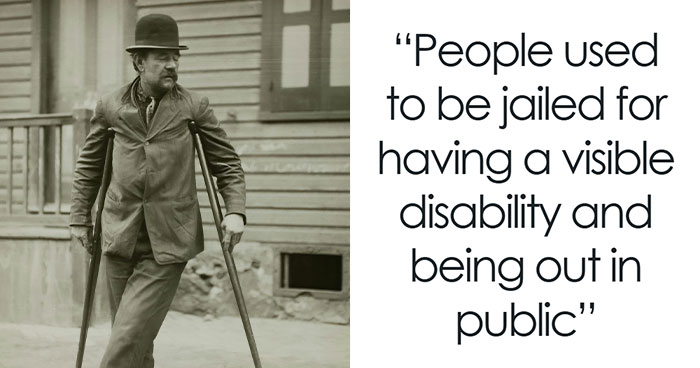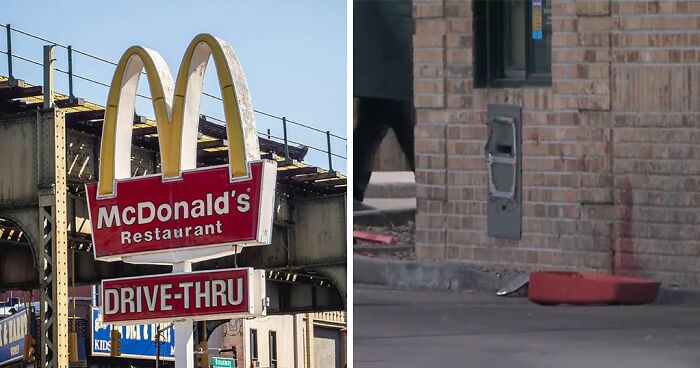
I Went Gorilla Tracking In The Pouring Rain In Uganda And Got Very Wet (But It Was Amazing)
There are just 880 mountain gorillas left in the wild. If you want to see them, you need to travel to Uganda, Rwanda or DR Congo, buy a permit, and then trek through the thick, steep, jungle with a guide for several hours. If you’re lucky, it won’t rain. I was not one of the lucky ones.
I went in Uganda’s rainy season (which should have been a clue). And when it rains in Uganda, it REALLY RAINS, tropical downpours that turn the streets to swimming pools in moments. Not the kind of weather you want to be going for a nature hike in. But when you’ve come all that way, what choice do you have? Here’s what happened…
More info: passportandpixels.com
Mountain gorillas are critically endangered. There are only 880 left in the wild
400 of them live in Uganda, the rest are in Rwanda and Congo
Uganda’s gorillas live in the Bwindi Impenetrable Forest
It’s called ‘impenetrable’ for a reason!
If you want to see them, you will have to pay $600 for a permit and trek through the thick jungle for several hours
On the day I went, it was pouring with rain. A Biblical deluge
They had to hold the briefing indoors because it was so wet
But we’d come all this way, so we put on waterproofs and off we went
Rangers had been out looking for the gorillas since 7 am. We followed their path
The path was awash with water and mud. It was very slippery, and raining so hard we could barely see where we were going
My boots didn’t keep the water out for long
The jungle was difficult to walk through, with thick bushes, slippery leaves, stinging nettles and brambles
It was steep too!
After two hours the guide got a call on his radio: they’d found the gorillas!
We turned off the path and ploughed straight up the hillside
We slipped and slid on the wet leaves and had to pull each other up
It was hard going, and not much fun
But finally we found them. And just as we did, it stopped raining!
I was so happy to be able to get my proper camera out (instead of my phone)
This is Mukiza, the big male silverback of the family. He’s 28
We also met Kanywani, a 6-year-old male. His name means ‘friend’
He was busy ripping off branches and stripping off the leaves with his teeth
This is Korugyezi, 29, and her baby girl, Kanoel
Kanoel is just 2.5 years old
These gorillas have been ‘habituated’ which means they have been trained to accept interaction with humans
There are 15 habituated families in the forest. Each is allowed to receive up to 8 visitors for just one hour a day
They weren’t bothered by our presence at all. They just looked at us, and carried on eating
Gorillas are threatened by poaching, habitat loss, disease and war. Tourism helps raise money to protect them, and the rangers work hard to keep them safe
It’s an incredible privilege to be able to see these critically endangered animals in their natural environment
But after an hour, it was time to leave and head back
It was an amazing experience, but my boots needed a clean afterwards!
915views
Share on Facebook
 Dark Mode
Dark Mode 

 No fees, cancel anytime
No fees, cancel anytime 













































































16
0